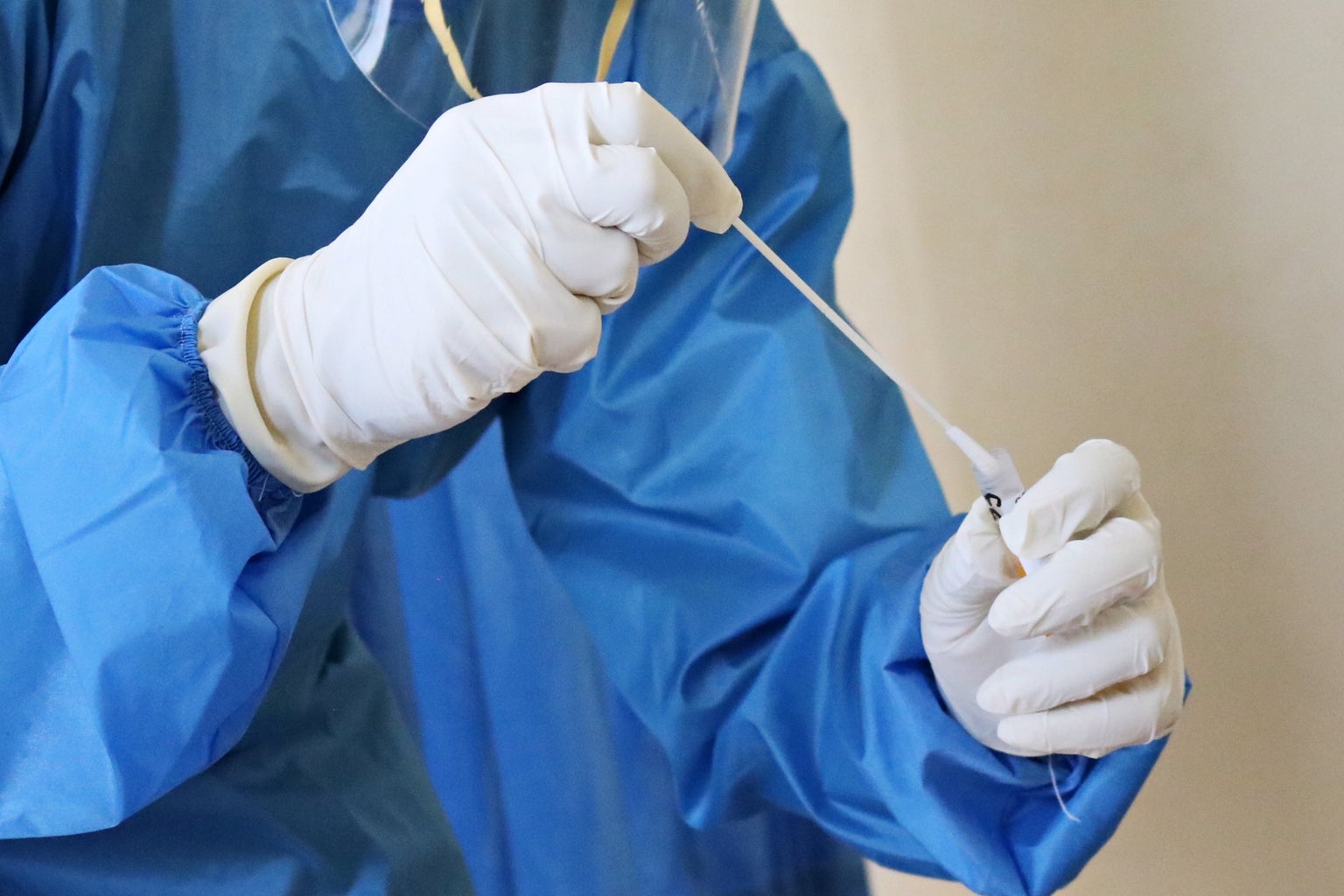I had no idea what I wanted to do in life when I got to high school, but healthcare was the very last thing on my list. I had never even considered myself as someone who could flourish in the medical field, but here I am working as a Certified Nursing Aide, on my way to becoming a Registered Nurse. So you think you’re interested in the medical field, but have no idea where to start? Here are some entry-level positions that require minimal schooling.
Certified Nursing Assistant
CNAs provide essential care to patients and prove to be an important role in healthcare. They assist with daily activities like bathing, eating, and dressing, monitor vital signs, and provide emotional support. CNAs work under the supervision of nurses and are crucial in maintaining patient comfort and well-being.
You must finish a state-approved program, which usually combines classroom and clinical training, in order to become a Nursing Assistant. These programs, which may be offered at community colleges, vocational schools, and some healthcare facilities, usually last 4-12 weeks. I was lucky enough to have it offered to me as a course in high school, and after learning for two semesters, I was able to take the exam and receive my license. There is a written part of the exam which I completed first and then a practical component.
Medical Assistant
Medical assistants (MA) play a crucial part, performing both administrative and clinical tasks. Their responsibilities may vary by location and specialty. Clinically, they may take patient histories, assist with examinations, draw blood, and administer medications as directed by a physician.
To become a medical assistant, you would typically complete a postsecondary education program similar to CNAs. These programs usually take about one year to complete and result in a certificate or diploma, though some may offer a two-year associate degree. The exam is made up of a wide variety of material in the format of 200 multiple-choice questions. Popularly, candidates take the test in four 40 minute sessions.
Phlebotomist
Phlebotomists are trained professionals specializing in drawing blood for tests, transfusions, research, or blood donations. You are educated on skills such as various blood draw techniques, safety protocols, and patient interaction, many of whom are already anxious about the procedure.
The standard path to becoming a phlebotomist is to finish a phlebotomy certificate program, which can take anywhere from a few weeks to several months depending on your program. These programs are offered at community colleges, vocational schools, and some hospitals. Typically, you would complete an accredited phlebotomy program, demonstrate a certain number of successful blood draws, and then pass an intensive exam that includes both written and practical portions.
Patient Care Technician
Very similar to CNAs, Patient Care Technicians (PCT) work closely with patients in healthcare settings like hospitals and nursing homes. Responsibilities include assisting with daily activities such as bathing and eating, monitoring vital signs, drawing blood, and providing emotional support. In Connecticut, it is common for individuals with a CNA license to apply for Patient Care Tech positions.
To become a PCT, one typically completes a state-approved education program, which often lasts a few months. These programs cover basic nursing skills, phlebotomy, and EKG monitoring. After completing the program, candidates usually obtain certification after passing an exam, depending on state requirements. For Connecticut, the exam consists of 100 multiple-choice questions and must be completed within two hours.
Emergency Medical Technician
EMTs provide critical care in emergency situations. They respond to emergency calls, perform medical services, and transport patients to medical facilities. You must be skilled in rapid assessment and treatment, work well under pressure, and have excellent communication skills.
EMTs must complete a state-approved program, which can take 3-6 months or possibly a couple of weeks if you enter an accelerated program. This program includes practical skills training and coursework in emergency care, such as CPR, trauma response, and patient assessment, along with logging clinical hours in local ambulances. After completing the program, you must pass the National Registry of Emergency Medical Technicians (NREMT) exam to become certified. Some states may have additional requirements, but in Connecticut, you can be as young as 16 to apply!
Pharmacy Technician
Pharmacy technicians assist pharmacists in dispensing prescription medication to customers or health professionals. They may work in retail pharmacies, hospitals, or other medical settings. Their duties include measuring, mixing, counting, labeling, and recording amounts and dosages of medications according to prescription orders.
Ideally, you would complete an accredited program in pharmacy technology to become a tech, which can last from a few months to two years. As I have noticed here in Connecticut, it’s much simpler to apply to a local Walgreens or CVS pharmacy tech position, where you will receive training within six months to a year, even if you lack any prior background. Connecticut requires that you are at least 18 years old, have received your high school diploma or equivalent, and pass the Pharmacy Technician Certification Board (PTCB) exam to be considered a licensed pharmacy technician.
Dietary Aide
A dietary aide is essential for food and nutrition in healthcare settings. They work under the guidance of dietitians or nutritionists to ensure the patients or residents in facilities such as hospitals, nursing homes, or long-term care institutions receive nutritious and appropriate meals according to their dietary needs and restrictions. Key responsibilities include assisting in the preparation of meals, helping plan menus, and assisting with inventory management.
Typically, a high school diploma or equivalent is required, but often on-the-job training is provided for individuals looking to pursue this position. No previous kitchen experience is needed, but a basic understanding of nutrition and food safety is helpful.
conclusion
When exploring educational programs, it’s important to recognize that each program has its own unique set of qualifications and requirements. This means that what may work for someone else may not work for you. You should thoroughly research each program you’re considering before applying. Programs can also cost up to thousands of dollars, which is even more reason to be mindful when choosing one. At the end of the day, these are entry-level positions, and often the starting pay for each one ranges from $15-$20 an hour. What’s important is that you’re pursuing something you love, and eventually, doors will open for you.





